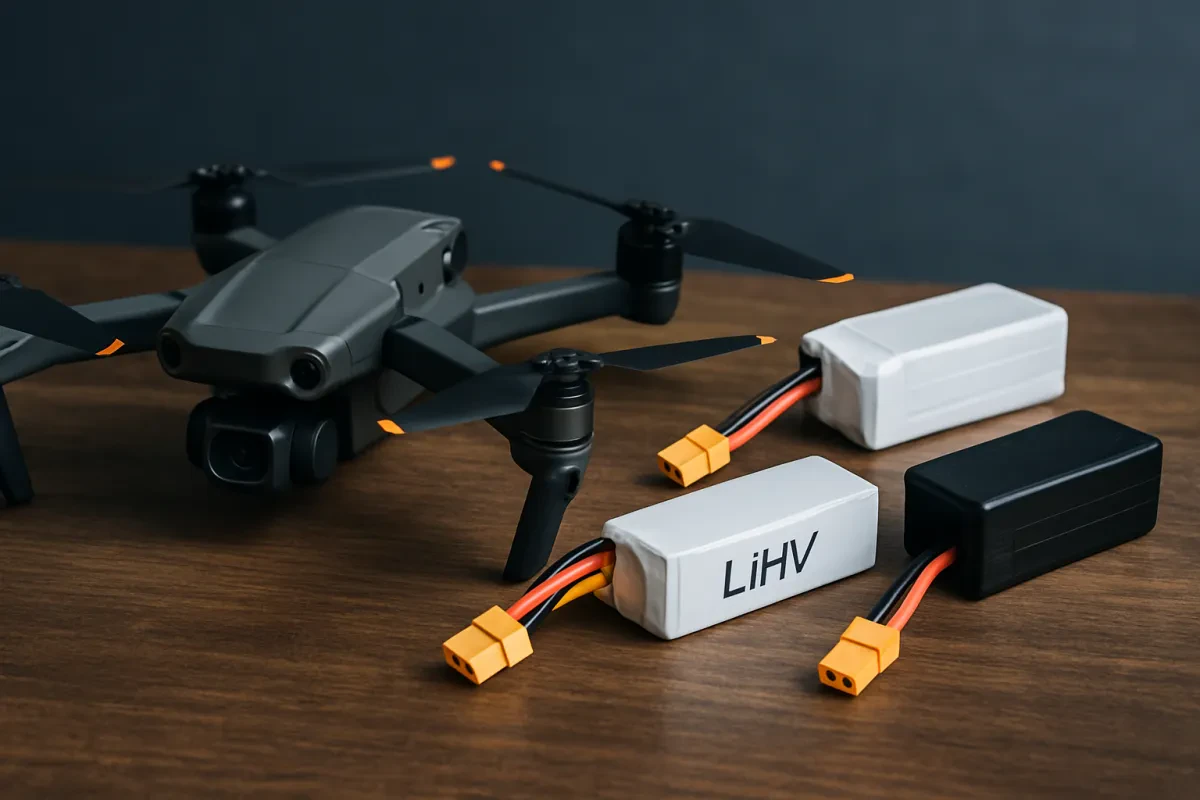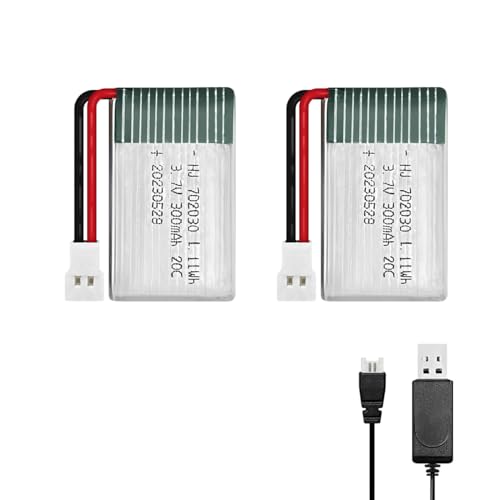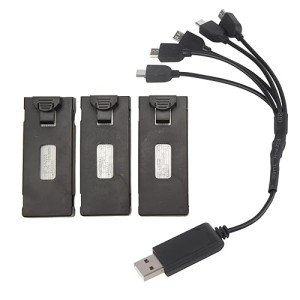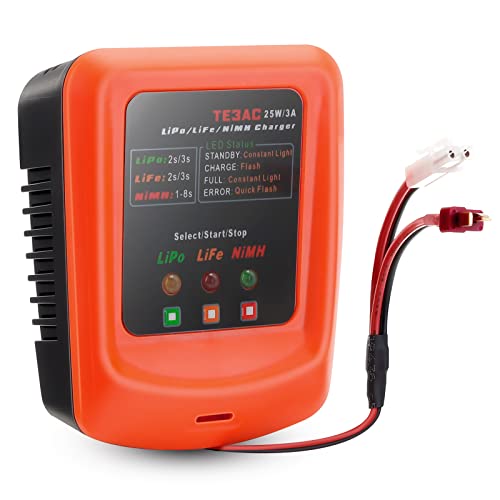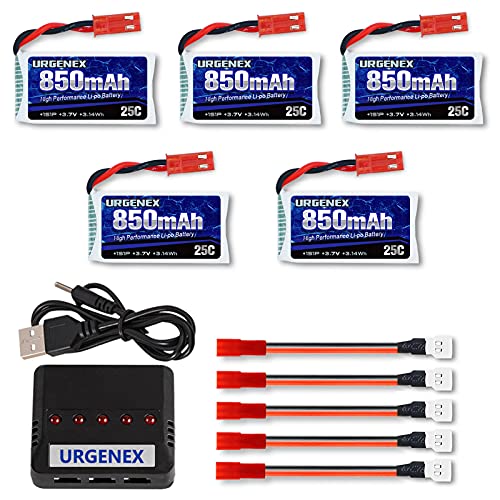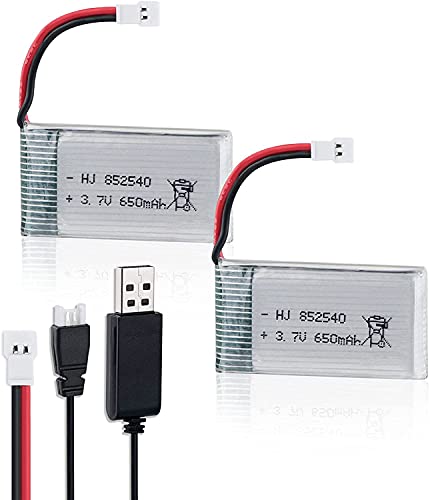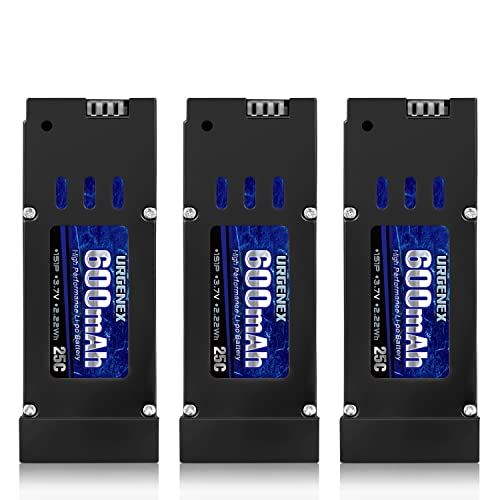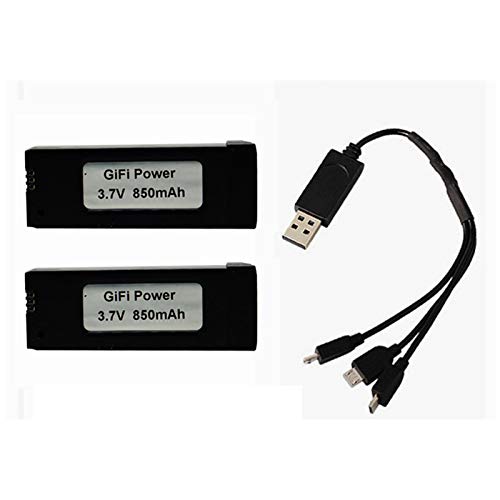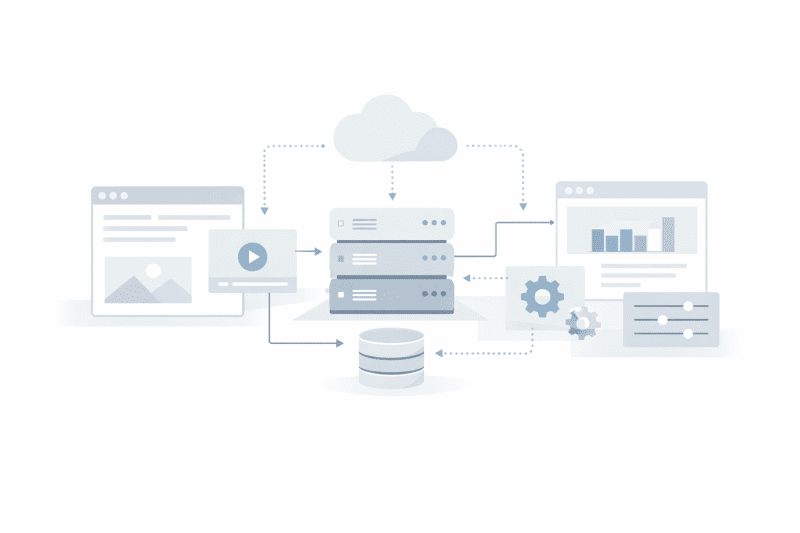Introduction
Think of the battery as the heart of your drone. It's the single most important component that dictates your flight time, performance, and even safety. But the world of drone batteries is filled with confusing numbers and acronyms like LiPo, mAh, and C-ratings that can intimidate even seasoned hobbyists.
This guide will demystify everything. We will break down the terminology, explain the science in simple terms, and give you the practical knowledge you need to choose, charge, and maintain your drone batteries properly. By the end, you'll be a more knowledgeable, confident, and safer pilot.
Drone Battery Basics: Understanding the Chemistry
What is a LiPo Battery?
Lithium Polymer (LiPo) batteries are the undisputed king in the drone world. They are the industry standard for a simple reason: they offer the best energy-to-weight ratio. This means they can store a lot of power in a very lightweight package, which is exactly what you need to get an aircraft off the ground and keep it there.
Lipo Battery 3.7V 300mAh for RC Models
Long-lasting power for your RC models with our Lipo Battery 3.7V 300mAh
Product information
SEK 111.45
Product Review Score
4.09 out of 5 stars
109 reviewsProduct links
LiHV: The High-Voltage Alternative
You may also see LiHV or "High-Voltage" LiPo batteries. A standard LiPo cell charges to 4.2 volts, while an LiHV cell can be charged to 4.35 volts. This small difference provides a noticeable boost in power and punch, making them popular with FPV racers. The trade-off is that they can have a slightly shorter overall lifespan and put more strain on your drone's electronics if they are not rated for the extra voltage.
Decoding the Numbers: What It All Means
This is the most crucial part of any lipo battery guide. Let's break down the labels you'll find on every battery.
Voltage and Cell Count (The "S" Number)
This tells you the battery's voltage. Instead of writing the full voltage, it's expressed by the number of individual 3.7V cells connected in series ("S").
-
1S = 1 Cell = 3.7V (Used in tiny drones)
-
4S = 4 Cells = 14.8V (Common for FPV racing drones)
-
6S = 6 Cells = 22.2V (Common for high-performance FPV and cinematic drones)
Capacity (The "mAh" Number)
Capacity, measured in milliamp-hours (mAh), is like the size of the fuel tank. A battery with a higher mAh number holds more energy and will generally provide a longer flight time. For example, a 2200mAh battery will last longer than a 1500mAh battery on the same drone.
Discharge Rating (The "C" Rating)
The C-rating is the battery's ability to deliver its stored power quickly. A drone's motors draw a huge amount of current, especially during high-throttle maneuvers. A battery with a high C-rating (e.g., 75C or 100C) can handle these power draws without its voltage sagging, ensuring your drone has consistent power when it needs it most. Using a battery with too low a C-rating can damage the battery and cause your drone to lose power in flight.
Lithium LiPo Battery Kit for E88 Drones
Power up your E88 drone with this reliable Lithium LiPo battery kit for extended flight time and great performance
Product information
SEK 117.65
Product Review Score
4.58 out of 5 stars
78 reviewsProduct links
How to Choose the Right Drone Battery
Check Your Drone's Specs
This is the most important rule. Your drone's frame, motors, and Electronic Speed Controllers (ESCs) are all designed for a specific voltage. Always use the cell count (S number) recommended by the manufacturer. Using a 6S battery on a drone built for 4S will destroy the electronics.
Balancing Flight Time and Agility
While a higher mAh battery offers longer flight times, it also weighs more. Adding extra weight makes your drone less agile and can reduce its overall efficiency. For FPV racing or freestyle, pilots often choose lighter batteries for better performance, while aerial photographers might opt for a heavier, high-capacity battery to maximize their time in the air.
Don't Forget the Connector
Ensure the battery you buy has the same power connector as your drone. The most common types are the yellow XT60 and the smaller XT30.
Safe Charging: Your Most Important Job
LiPo batteries are perfectly safe when handled correctly, but they can be dangerous if mistreated. Using the right drone battery charger and following proper procedures is non-negotiable.
Why a "Smart" Balance Charger is Non-Negotiable
You cannot use a simple charger for batteries for drones. LiPo batteries require a "smart" or "balance" charger. This type of drone charger monitors and adjusts the voltage of each individual cell within the battery pack, ensuring they are all perfectly balanced. This is essential for the health of the battery and for preventing fires.
The Golden Rules of Safe Charging
-
Never charge unattended. Ever.
-
Charge on a fireproof surface like concrete or inside a LiPo-safe bag.
-
Never charge a damaged or "puffed" battery.
-
Ensure your charger settings are correct for your battery type (LiPo/LiHV) and cell count.
-
A good rule of thumb is to charge at a "1C" rate. For a 1500mAh battery, you would set the charge current to 1.5A.
Dual Battery Charger for RC Toys and Drones
Keep your flights going longer with this efficient dual battery charger designed for RC toys and drones
Product information
SEK 235.42
Product Review Score
4.48 out of 5 stars
37 reviewsProduct links
Long-Term Battery Care and Storage
The Importance of "Storage Charge"
Never store your LiPo batteries fully charged or fully empty for more than a day or two. This can cause permanent damage. Smart chargers have a "storage" function that will bring each cell to approximately 3.8V. This is the safest and healthiest voltage for long-term storage.
Spotting a Bad Battery: The Dreaded "Puff"
Over time or due to damage, a LiPo battery can swell up or "puff." This is caused by a chemical reaction inside that releases gas. A puffed battery is unstable and should be considered a fire risk. It must be safely discharged and disposed of immediately. Never attempt to use or charge a puffed battery.
Conclusion: Powering Your Flights with Confidence
Understanding your drone batteries is the mark of a truly great pilot. It empowers you to make smarter purchasing decisions and, most importantly, to operate your drone safely. By decoding the numbers, respecting the chemistry, and prioritizing safety in charging and storage, you ensure the heart of your drone stays healthy for many flights to come.
Ready to find the perfect power source for your aircraft? Explore our full selection of drone batteries and smart drone chargers today!
